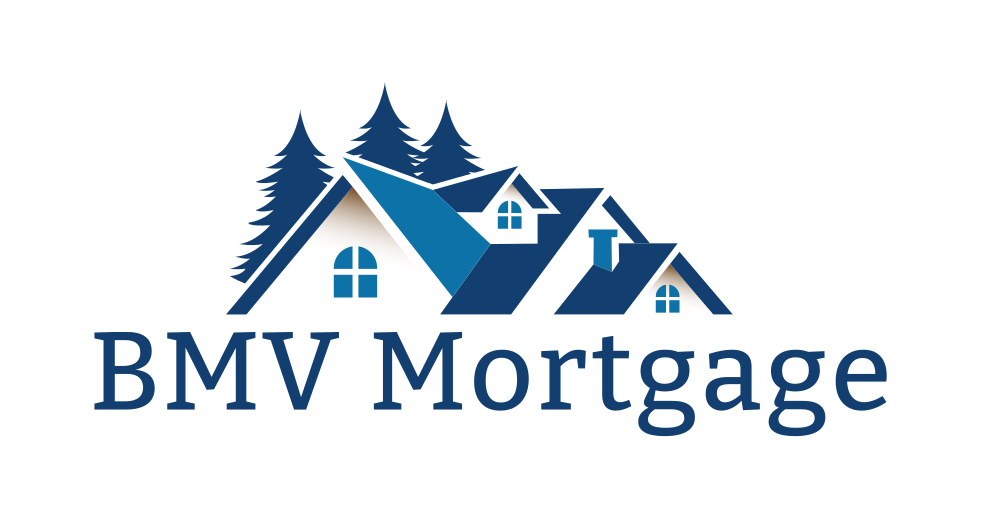

As you begin the process of becoming a homeowner, one of the first things you need to know is how much your monthly payments will be and how much home you can afford. Fortunately, you can get a fairly accurate picture of both numbers with the help of an online mortgage calculator. While each online form requires slightly different inputs, here’s a breakdown of the general information you’ll need to enter into these handy tools.
Loan Amount
A key piece of data is how much money you plan to borrow. This is determined by subtracting how much down payment you plan to make from the purchase price. Some calculators will simply ask for the purchase price instead and then your down payment amount, automatically calculating the loan amount for you. You can get a good idea of how much your loan amount might be by searching some online listings to look at homes available for sale in your desired area.
Loan Length
The most common loan term is 30 years, but you could also opt to pay off your home faster with a 20- or 15-year mortgage. Just understand that 30-year loans are so popular because they are usually the most affordable in the short term. They spread the payment out over more time, making the monthly payments much lower than those on shorter terms.
Mortgage Interest Rate
The actual interest rate a lender will offer you will vary based on many factors, including your credit score, your income, and debts. However, you can get a rough estimate of your interest rate by checking mortgage sites for current average rates. They are different for 30-, 15-, and adjustable-rate mortgages, so be sure you are looking at the right number.
Down Payment
Most loans require a down payment (VA loans are a notable exception.) While 20% of the purchase price is considered traditional and allows borrowers to avoid paying private mortgage insurance, there are plenty of loans that help buyers make more affordable contributions. For example, there are conventional mortgage loans that require as little as 3% down. That means if you were buying a home for $300,000, a 20% down payment would be $60,000 but a 3% would be only $9,000. If you have the means to increase your down payment, however, it will lower your monthly mortgage payment as well as the total interest you’ll pay over the life of the loan.
Taxes
Because your mortgage includes more than just principal and interest, some mortgage calculators ask for the amount of property taxes you’ll pay. Since this might be difficult for you to know, some calculators will just ask for your zip code and will use average tax rates from your neighborhood to figure this out for you. If you’d like to find out for yourself, you can check online real estate websites and look at some properties in your area. The listings will often record how much the tax assessment history. You could also visit your county’s tax assessment website to search properties in your preferred neighborhood.
Homeowner’s Insurance
Another part of your monthly or yearly house payment includes your homeowner’s insurance. This is the required policy that protects your property from loss due to natural or manmade disasters or damage.
Once you’ve collected all the information needed, the calculator will project your monthly mortgage payment, giving you a better idea of what size loan your budget can handle.
